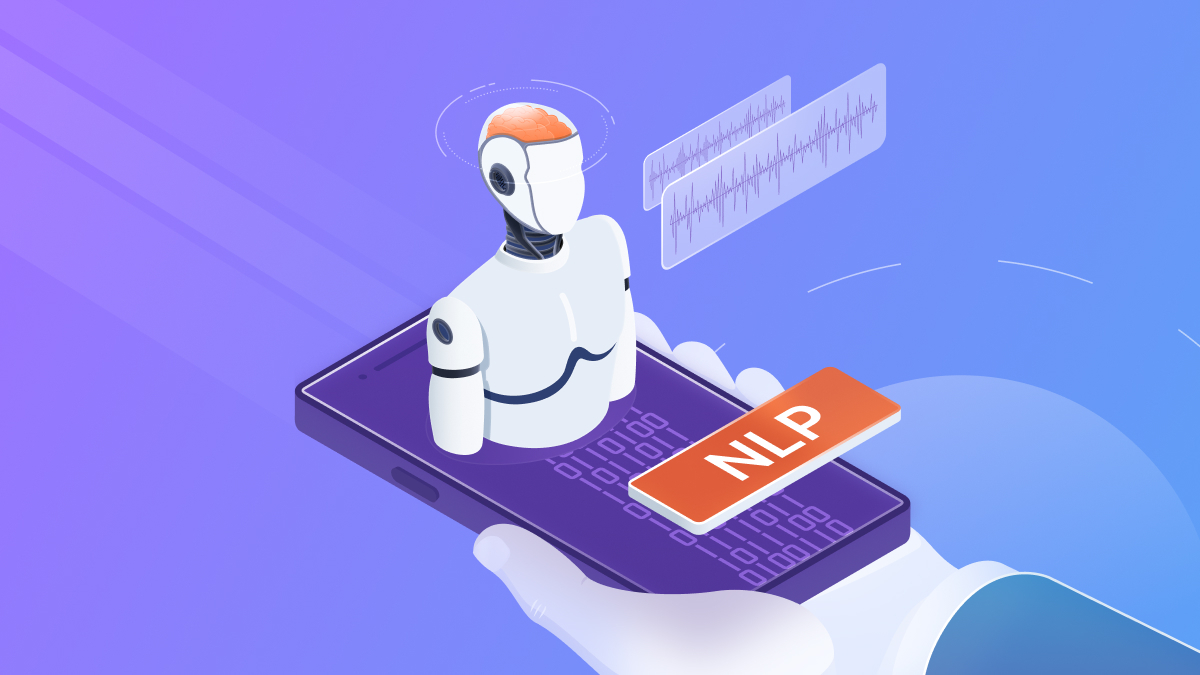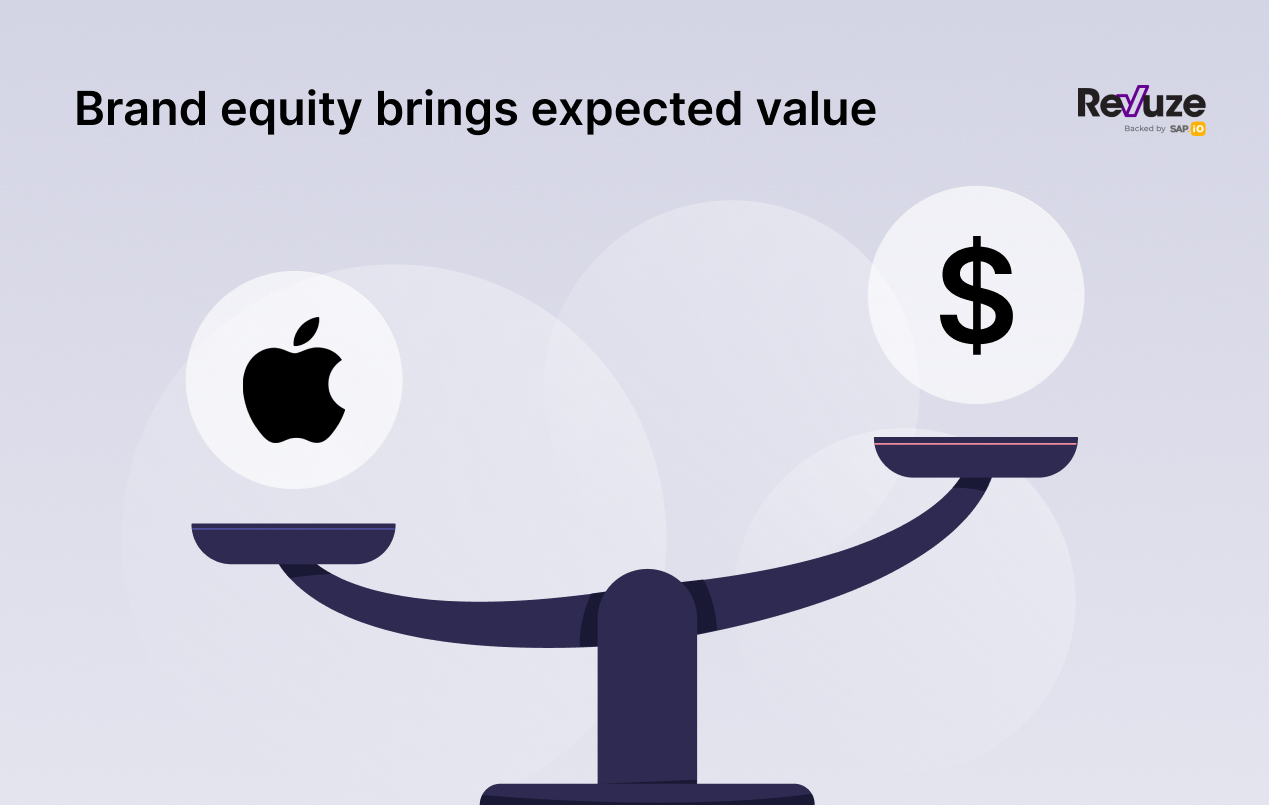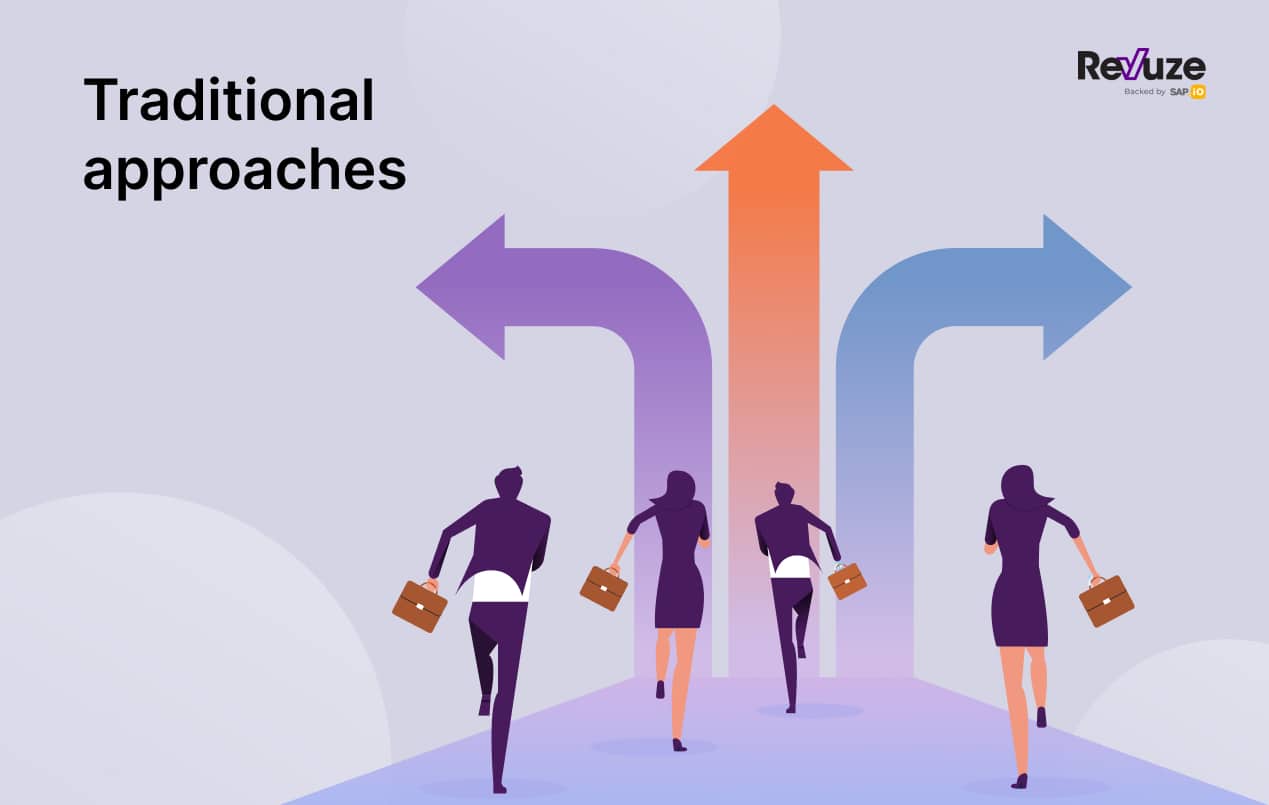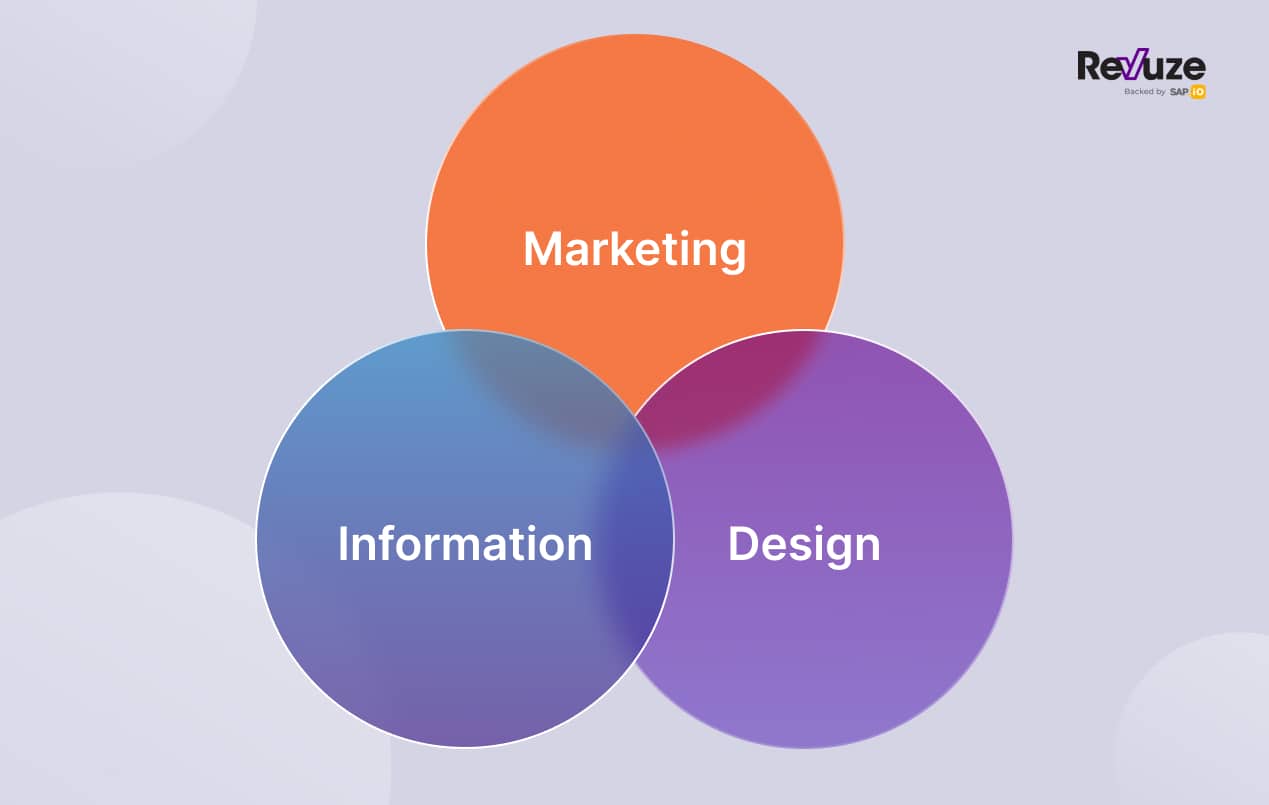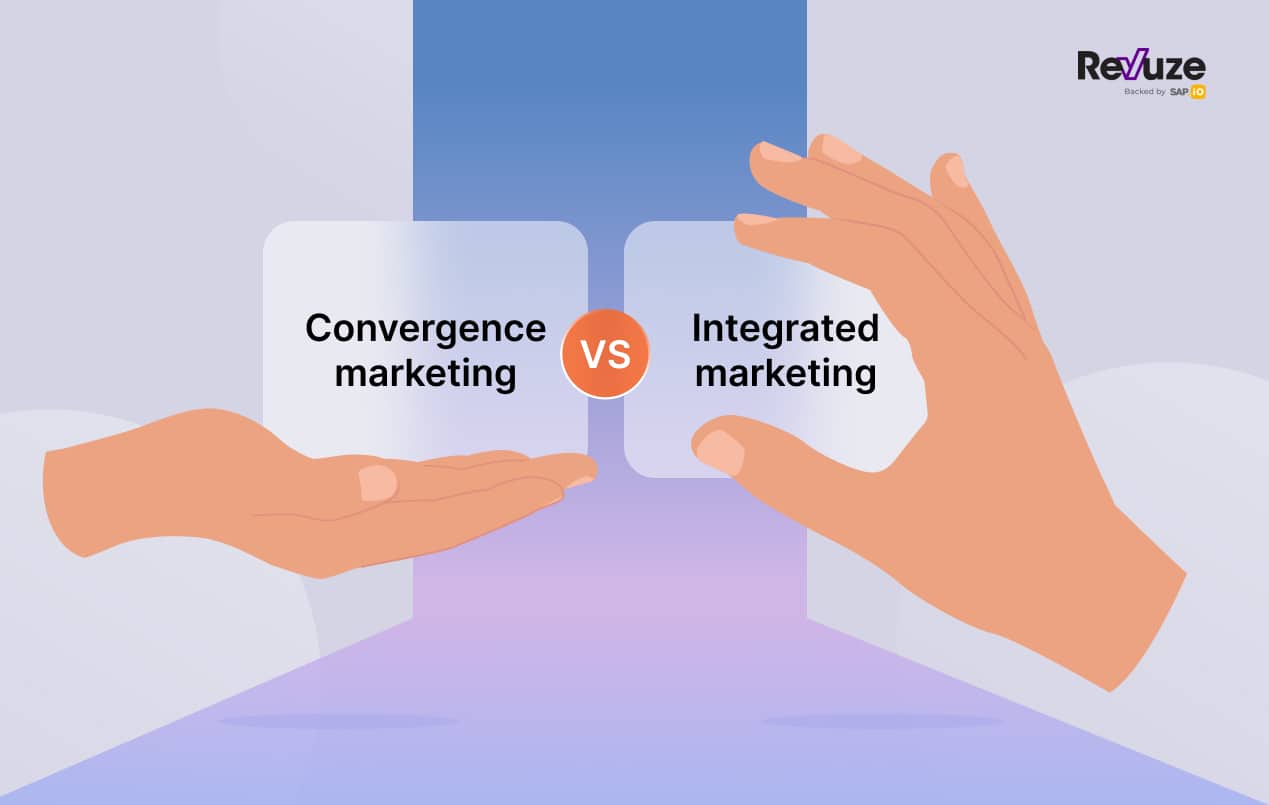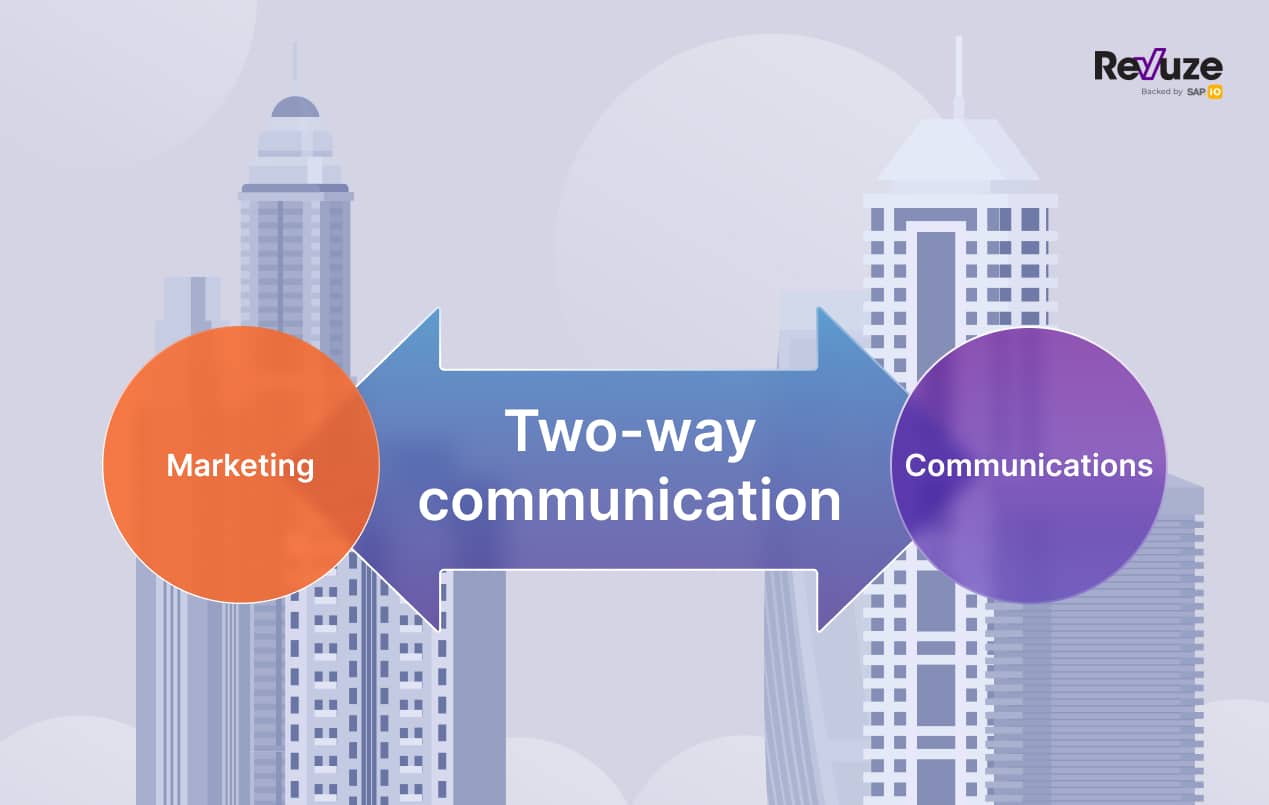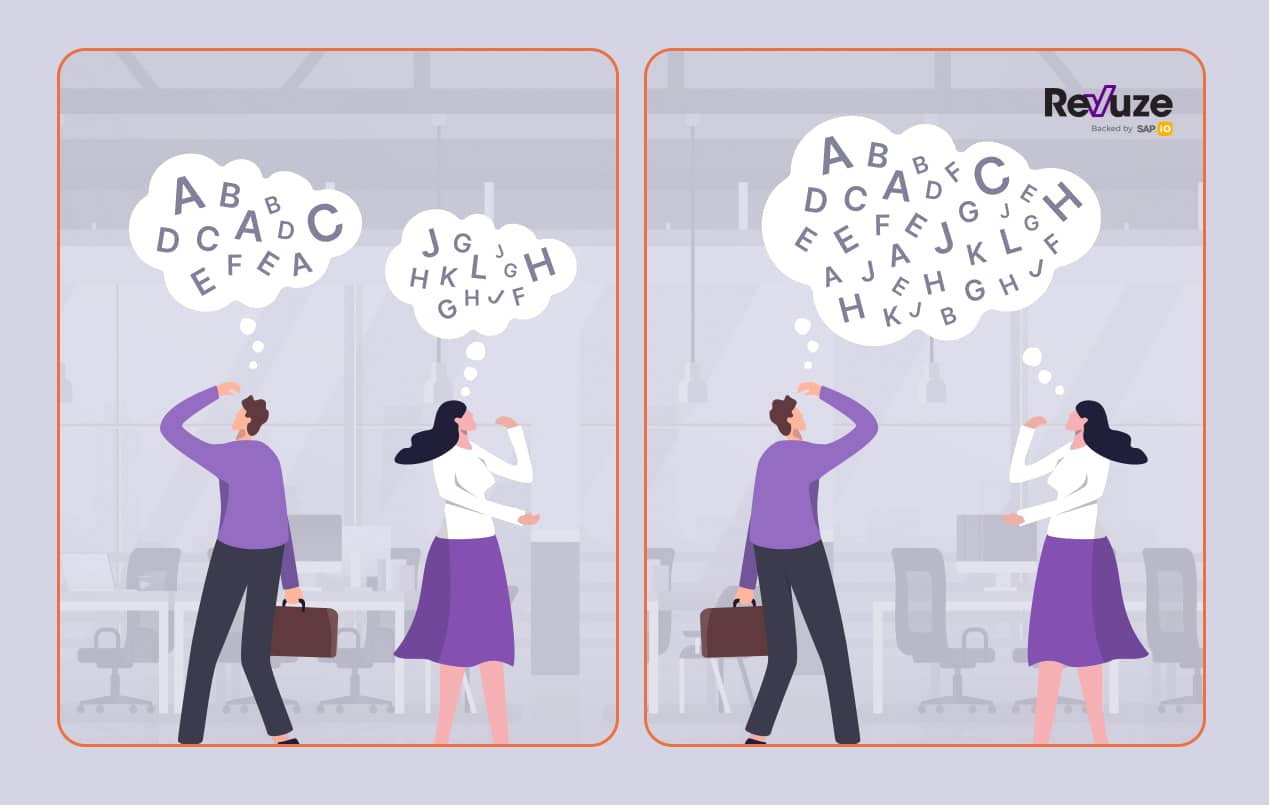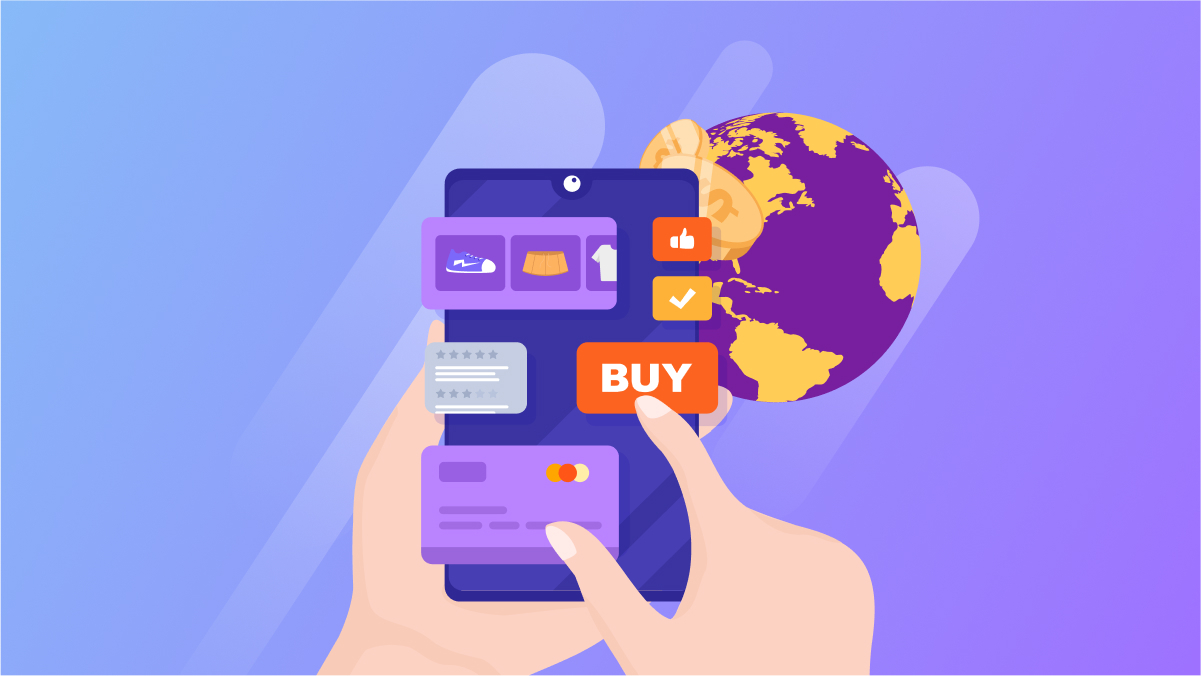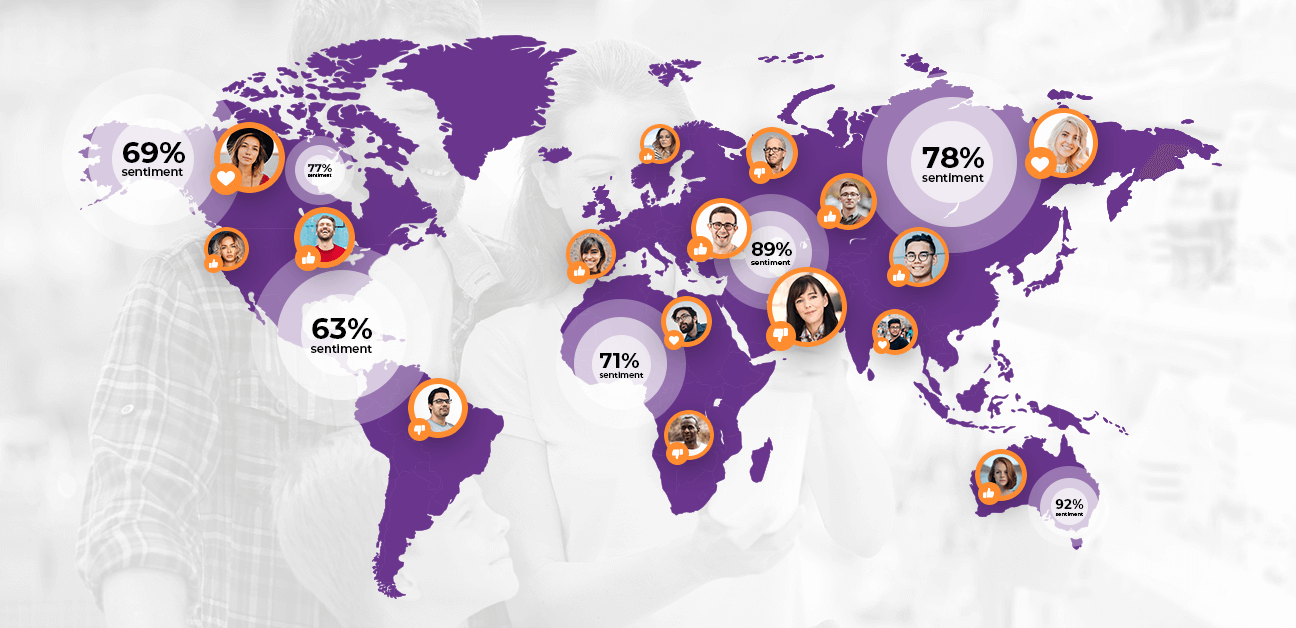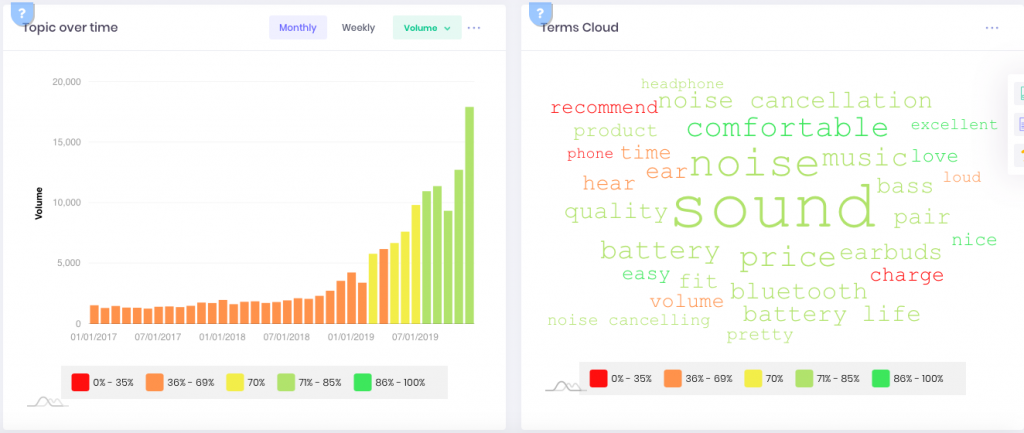Focus group questions allow discussion to be used as a means of gaining detailed qualitative information. From issues regarding PR to product specifications, nothing brings more information than an in-depth, interactive conversation. Find out below how to ask the right focus group questions to understand the market better.
Focus groups can be highly useful, but too often, you won’t get the information that you need from them. They have disadvantages; whether that’s due to misinterpretations, misunderstandings, or simply recording information the wrong way, you can end up more confused than when you started.

The key to great focus groups appears before you’ve even opened your mouth, and that’s writing excellent focus group questions.
In this piece, we’re going to help you nail this aspect. We’ll talk a bit about focus groups, and discuss use cases, but – more importantly – we’ll provide you with dozens of amazing focus group questions that will help you refine your market research and understand what your customers want and need.
Sometimes, it’s not what you say but how you say it that makes the difference.
What are the four types of focus group questions?
Focus groups function similarly to any conversation or debate you might have. You need to break the ice and introduce the main topics in a way that is easy to understand.
There are four types of focus group questions you can ask, and these should be used no matter the topic that you’re exploring.
These consist of:
- An introduction.
- A prompt.
- A discussion.
- And a way to wrap up the discussion without leaving anything unsaid.
In that way, focus groups are similar to an essay or article in structure.
Let’s take a look at the four types in more depth and learn why they’re necessary.
Introductory focus group questions
Introductory questions are the foundations upon which your group will form their discussion.
Essentially, introductory questions set the stage for what is to come next. They’re ideal for ensuring that everyone is on the same page, but more importantly, they allow the group members to relate to one another.
They should be simple and easy to answer, as it can prove difficult for participants to answer fully and honestly to strangers.
Introductory questions also serve as a means to gauge everyone’s experiences with the topic that you will be discussing. Someone who’s been interacting with you on a monthly basis will have more insight on the topic compared to someone who does so once in a blue moon.
Some examples of introductory questions might be:
❔ “Welcome to our focus group. Today, we’ll be discussing [topic]. Could each of you please share a story about how you’ve interacted with [topic] recently?”
❔ “Hello, and welcome to our focus group. How did everyone find the journey here?”
❔ “We’re [brand], and today we’re leading this focus group. Can you tell me when you last bought something from us?”
In each of the above examples, a context is given, and a simple question is asked. While these might seem irrelevant to the larger discussion, you should always ensure that the results are noted down for context.
Information is power.
Exploratory focus group questions
These are the sparks that will light a fire in your participants.
Exploratory questions are always directly linked to the topic that you intend to gather information on and are designed to provoke discussion among the group.
These questions should be carefully designed with customer personas in mind so as to steer the conversation in the direction that you desire.
Each exploratory question should be specific enough to determine what your group will discuss but vague enough so that there isn’t a straightforward and easy answer.
While that might sound paradoxical, remember your aim is to get your participants talking, not simply to get a yes or no answer.
Some exploratory questions that you might ask are:
❔ “Could you give me an example of a bad experience you had with us?”
❔ “If you could choose {this feature} or {that feature} when looking for product features, which would you pick and why?”
❔ “What alternative features do you think we should include with our product?”
Follow-up focus group questions
Follow-up questions happen in the discussion period and are intrinsically linked to exploratory questions. They’ll always come after an exploratory question has been asked and are related to that specific discussion.
Because of this, some analysts might place them within the same category. However, there are distinct differences between the two.
The key difference is their focus. Exploratory questions are vague. They’re designed to provoke a whole host of potential opinions from coming forth.
Follow-up questions are precisely the opposite. They’re designed to get pinpoint accurate information on how your participants feel, think, and might act.
Some examples of follow-up questions are:
❔ “You said that you dislike this feature. Why specifically would you say that?”
❔ “You’ve pointed out that there isn’t much flexibility. How would you go about improving that if you were the designer?”
❔ “When you use this item, you said you felt frustrated. Could you tell me a little bit more about what frustrates you about it?”
In each of the above examples, context is taken from the previous discussion and used to form the question.
It can be very tricky to write follow-up questions in advance since they’re so intrinsically linked to how the discussion evolves. Humans are unpredictable factors, and these discussions don’t always go in a direction that you anticipate.
After all, if you could perfectly predict what people were going to say, what would be the point of a focus group?
The key to forming good follow-up questions is thinking on your feet. It’s not easy, but if you know the topic well, you should have an idea of what information you need and how to aim these questions correctly.
Exit focus group questions
Exit questions are exactly what they say on the tin, questions designed to end the discussion and wrap up the focus group.
While it might seem easy, there are several factors that you should keep in mind.
- Not everyone may have gotten to air their opinion fully over the course of the discussion.
- Someone may want to mention something tangentially related.
- Even with hours and hours, you’ll never be able to predict every facet of the topic that someone may want to mention.
Exit questions are designed to solve these issues. Essentially, their purpose is to ensure that you get all of the information you can possibly get out of your focus group.
Let’s take a look at some examples:
❔ “Thank you for your time. Before we wrap up, is there anything that you’d like to mention?”
❔ “Do any of you think there’s something that we missed in our discussion today?”
❔ “If we were to cover other factors involved, which do you think would be most relevant to the discussion we’ve had today?”
Each of these is short and to the point, but also open to interpretation. This way, any information not already given can be obtained with ease.
Are you ready for even more focus group questions?
Focus group questions examples to focus your participants
Describing the four stages of questions in an abstract sense is all well and good, but how do you make it relevant to your topic?
Don’t fret, for we’re here to provide you with some fantastic examples of focus group questions. Each of the following sections will contain several questions on a specific topic, as well as some general advice on how to use them.
Remember, though, context is key! Be sure to mold the questions to fit your business, your products & services, and your way of doing things.
Focus group questions for new products
❔ “Were we to create an updated version of [product], what features would you like to see added?”
Features are the backbone of most products, and unfortunately, you can’t usually put them all into a single package. This is especially true of physical products but applies to software too.
When asking this question, you gain insight into what features that were left off would be of use to your customers, and by delving deeper with follow-up questions, you can find out why. By using this information, you can make your product better in the next iteration.
❔ “Who or what product do you think would rival any new launch we put out?”
There’s no use in launching a brand-new updated product if your competition surpasses it a week later. Knowing who and what your customers would view as competition lets you know what you have to account for in your marketing and placement strategies.
Remember, customer perception doesn’t always equal reality. You might judge your competition by cold, hard facts, but the general public won’t have access to all your information. It’s entirely possible for an inferior product to beat you out.
❔ “Would you be interested in beta testing the new version of [product]?”
Not only will the use of this question potentially gain you willing testers that are enthusiastic about your latest releases, but it allows you to see whether your customers are interested in testing products before launch and/or becoming involved in the design process.
Focus group questions for marketing
❔ “How did you first come across us?”
If you know where your marketing strategies are seeing the most engagement, you’ll be able to judge how well they’re doing.
This question is most often used in surveys where you can judge proportions from a high number of responses but is useful in focus groups too.
The discussion that comes with a focus group can reveal not only where customers first encountered you, but what their thought processes were afterward.
❔ “When you shop online for [product], what sites do you generally use?”
While not directly related to your brand, knowing where your customers would look to find a specific product or service tells you where you should prioritize your efforts.
To use a rather extreme analogy, there’s no use putting up a great big billboard in the middle of New York if your customer base is located in Los Angeles.
❔ “What methods of communication with us do you prefer?”
In the 21st century, there are dozens of different ways in which you can communicate with others.
The problem is, different demographics have preferences for different means, so which do you choose? Well, you ask.
Your customer will generally have qualities in common with each other, and one of those is communication methods. You’re likely to have more than one demographic of customers, so expect different answers here depending on who you ask.
❔ “How often would you prefer for us to communicate with you?”
If you’re anything like the average person, you probably get newsletters & similar email marketing materials that you subscribed to but don’t actually read.
While it’s a harmless nuisance to most email users, what you might not know is that unopened newsletters can actually harm your credibility as an email sender! Oh no!
By matching your customers’ schedules on when they prefer to receive communications from you, you can ensure that they’re more likely to actually open and read them as opposed to simply deleting them, or worse, sending you to the spam folder.
While a focus group is a great start to understanding your customers’ preferences, creating an email preference center where each subscriber can tell you exactly how they want you to communicate with them is a must.
❔ “Would you consider our advertisements intrusive, or say that they know too much? If so, where have you experienced this?”
When dealing with personalization, there’s a fine line between being relevant and coming across as knowing a scary amount of details about you. Computers, which we rely on for advertisement algorithms, aren’t the best at knowing where the line is; bless them.
A key factor in e-commerce is product recommendation, however, you need to balance that against coming across too strongly. Once you’ve identified the areas in which your advertisements put customers off, you can reassess the methods you use in order to lessen further damage.
Customer experience
❔ “How has your opinion of us shifted in the past X amount of months/years? Why would you say that is?”
Customer experience isn’t static, and knowing how opinions are shifting can help you decide whether your CX strategies are working or not.
One thing to keep in mind when asking this question is that time periods and the experiences tied to them are highly contextual, and the specific events happening around that time need to be taken into account.
❔ “Do you use our products more than you did in the past? Or would you say your usage is decreasing?”
Customer interactions are the basis of customer experience. You can’t say you’ve experienced something if all you did was observe it from afar, after all.
This question aims to judge how these customer interactions are progressing and whether or not you need to make changes to your strategies in order to retain customers.
Once again, this question is highly contextual. As the worldwide COVID-19 restrictions come to an end, a disposable mask manufacturer would expect purchases to decrease. This wouldn’t be a CX red flag for them, as the underlying reasons behind the drop aren’t within their control.
❔ “Are there any particularly positive experiences you’ve had with us? What made them stand out?”
When dealing with customers, it’s the standout experiences that affect opinions more than most.
Let’s say you’ve had a particularly rough day, and the cafe you go to is busy. You don’t expect much, but the person behind the counter notices your bad mood and tries to cheer you up.
You’d remember that more than if they simply gave you your order and waved you away, right?
Standout experiences let you know when your brand went the extra mile and can give you a blueprint as to how to perform brilliant customer service in the future.
❔ “Are there any particularly negative experiences you’ve had with us? What made them stand out?”
On the other hand, there are bad experiences that stand out too.
To use the analogy from above, you’ve had a terrible day, and when you drop by the cafe, your coffee is cold! “That’s it,” you say to yourself. “I’m never coming here again!”
While not exactly a fair and rational judgment, it’s nevertheless the thought process that many of your customers (or ex-customers?) would follow if they had a particularly bad experience with you.
It’s been proven that negative interactions are far more impactful on a person’s feelings than positive ones, and one bad experience can override dozens prior.
These experiences provide a blueprint of what not to do, essentially, as they’re the events that stuck in the minds of your participants as particularly bad. While it’s unfortunate that they had these experiences in the first place, you can turn them into teaching moments to ensure that they aren’t repeated.
❔ “From your experiences, can you say what you expect when purchasing something from us?”
Experiences create expectations. That’s true whether you’re talking about business or baseball, and the experiences that your customers have with you will shape what they will come to expect from their interactions.
Sometimes these experiences are controllable and influenceable, sometimes not. The key is to identify which parts of said experiences & expectations you can replicate and make a part of your repertoire.
Focus group questions for customer perception
❔ “Would you recommend our brand to others? Why/why not?”
This question lets you get to grips with one of the basic questions of customer perception, whether or not you’re a brand to recommend to others.
While it’s not absolutely essential in business to have customer advocacy, it is a huge boost to your sales ability without you having to spend a penny.
❔ “What made you choose us over the alternatives?”
The root differences between you and your competition reveal a lot about how your brand is perceived. Knowing what you do better than others allows you to maintain an edge, whether that’s an advertisement, product features, or simple availability.
❔ “What would make you choose an alternative over us?”
On the other hand, there are always things that your competition will have the edge in. By identifying these, you can factor them into your product strategy and hopefully overcome any weaknesses it possesses.
❔ “Where would you expect to find our products?”
Are you a part of the eye-level shelf where the premium brands lie or are you on the bottom shelf with the discounts? Are you found solely in specialized stores, or could you be found in a supermarket?
When you know exactly where your customers expect to find you, it can tell you a lot about how they view you.
❔ “When you compare [product] to the previous version, how well do you think we incorporated customer wants & needs?”
This one is applicable to all types of products barring those expected to last a lifetime but is mostly aimed at those with short lifetimes.
Essentially what you’re asking is, “do your customers feel heard?” which has been rated as one of the most essential qualities for a brand to possess.
Focus group questions for competitor research
❔ “If you intend to buy [product], what brand comes to mind besides us?”
When you think of a certain product, there are usually go-to brands that you’ll look for, no?
In most cases, there is more than one brand that fits the bill. Knowing who your customers think of besides you when looking for a certain product allows you to identify your biggest rivals on a practical level.
❔ “Who do you see as our biggest rival? The Xbox to our Playstation, if you will?”
Sometimes you may have a direct competitor, and sometimes not. It’s always useful to see who your customer base sees as an alternative, even if, in practice, they might not purchase from them due to said rivalry.
❔ “Is there any situation where you’d prefer our competitor’s product to ours? Why is that?”
Knowing what your competition is doing is important. Knowing what they’re doing that’s better than what you do is even more so.
Specifics are key here. You should ask your participants to provide information on features, availability, etc., in order to judge these situations and how you might turn them to your advantage.
❔ “What would you recommend we do to become more useful/enjoyable than [competitor]?”
Specifics are good. By narrowing the field to a single competitor, you allow specific strengths of theirs to come to light, ones which you can learn from.
When you delve further into this topic, you can use follow-up questions to find out why these competitors are preferred to you.
❔ “In what areas does [product] succeed where its competitors fail?”
In the world of product design, it’s often more important to be better than the other option than it is to simply be good. By finding out where you stand out, you can ensure that future versions maintain and amplify these qualities to retain customers.
Focus group questions for branding
❔ “When you see our brand, what immediately springs to mind?”
Knowing what gut reactions customers have to your brand is important. These feelings are the root motivations behind every interaction that they will ever have with you. Knowing what customers feel will allow you to shape the way you interact with them in the future.
❔ “How much more would you be willing to pay for our products over an alternative?”
Brand equity is the ability to charge more for products with your logo on them. It’s a form of trust and it shows that customers value your brand highly.
By asking this question, you’re able to both measure your brand’s value and quantify it with a numerical value (often a percentage).
❔ “What kind of reputation does our brand have when it comes to X?”
Of course, a brand can have a good reputation overall but a bad reputation when it comes to certain practices.
Knowing precisely how you are viewed in certain circles is key to improving your practices, as well as maintaining the ones in which you are held in high regard.
❔ “Can you name a few positive aspects of our brand?”
Another vague question, this one allows you to open the topic to any and all answers, not simply the ones that you anticipated.
By asking about the positive aspects of your brand, you’re going to know what to continue doing in order to keep customers loyal.
❔ “Can you name a few negative aspects of our brand?”
On the flip side, there are going to be negative aspects, no matter how hard you try to purge them.
By knowing your weaknesses, you can improve upon them. Remember, these are merely the negative aspects in the minds of customers and can be inaccurate!
If that’s the case, you should look to spreading awareness about your practices rather than improving them.
Focus group questions for industry trends
❔ “Have you noticed any new trends in our industry recently?”
While you’re certainly going to want to keep on top of industry trends, there’s always a chance that you’ll miss something or simply not be able to see it because of perspective bias.
Not only can your focus group identify trends that you may have missed, but you’ll also get information on their perspective about what’s going on in the industry and what they expect to change in the coming months.
❔ “What sources do you get your industry news from?”
When you’ve identified where your customers obtain their news, you can look to involve yourself with these sources further.
Whether that’s interviews, collaborations, etc., becoming more visible to your target audience should be your aim.
❔ “Is there anything in our industry that you think is lacking?”
Industries are made up of businesses, which are made up of people, and people miss things sometimes.
There’s every chance that customers are looking for something but haven’t been able to find it because it simply doesn’t exist in the industry yet. If you’re the one who asks them about it first, you’re the one who gets a leg up on the competition.
❔ “Are there any individuals or publications that you see as industry experts and would trust their opinion?”
Whatever the industry, there are always those big-name sources or people with lots of letters after their names that are trusted more than anyone else.
Why? Well, mostly it’s because they’re seen as knowing what’s up. They can tell the good stuff from the bad, the value-for-your-money from the ripoffs.
Whether these big names are actually experts, that’s largely irrelevant. The important thing is that your customer base will think they are, so it’s best to either get them on your side or avoid their wrath.
❔ “When you’re keeping up with our industry, what type of content do you prefer to engage with?”
Knowing what type of content your customers engage with is just as important as knowing where they look to obtain it.
Short-form vs. long-form, essays vs. articles, technical specifications vs. overall statistics, all of these are different forms of content that say and do different things. If you know which of these is preferred, you can keep your industry engagement in those forms so as to appeal to your customer base.
You’ll likely have more than one type of customer, which means you’ll have more than one type of content that is preferred.
Focus group questions for positive aspects of your products
❔ “When using [product], what are you always satisfied with?”
By using the term “always,” you ensure that you receive the most positive aspects of your product. You can also use this question as a starting point to rank product features and aspects, asking when they are “mostly satisfied” and “usually satisfied.”
❔ “What situation would make you reach for [product], as opposed to an alternative?”
Asking for the motivations behind the purchase will grant you insight into customers’ thought processes. The strengths that are the root causes of their purchase are what you should aim to obtain, whatever those may be.
❔ “What made you decide to purchase [product]?”
This question allows for any motivation behind the purchase to shine through, even some that you may not expect. Sometimes products have uses that even the creators didn’t think of!
❔ “When you first saw [product], what stood out to you?”
When looking through the eyes of someone unfamiliar with a product, the first things they see will shape their experiences with it. Ensuring that you know which features are the most prominent will allow you to influence that first encounter in a positive way.
❔ “What features of [product] are the most useful to you?
Product purchases are driven by their usefulness. If you know what features are essential, you can ensure that those are preserved and advertised further in the future.
Conducting a focus group vs. a survey
A focus group is a small group of people who are brought in and asked questions about their experiences with your brand. You ask them questions, they answer, and you analyze the results.
So what makes this any different from customer satisfaction surveys or other forms of collecting feedback? Why should I bother bringing a group of people into a room together when I can just as easily send out emails?
The answer to that is simple, and it lies in group dynamics.
You see, in a focus group, the participants don’t just rattle off answers like a computer. They talk about them with others and can come to conclusions that an individual couldn’t reach alone.

Ever had a feeling that you needed to put into words but never could, only for someone else to describe it perfectly? That’s the type of interaction that can happen in focus groups.
While surveys can give clean, easy-to-analyze answers, they often lack the depth that focus groups can provide.
If you’re looking to the future and offering “what-if” scenarios, a focus group’s in-depth discussion will give you a much better idea of your customers’ responses to those scenarios than surveys ever could.
There’s also the fact that focus groups usually have a moderator, someone who represents the company and will be actively involved in the group.
They’ll ask the questions, set the stage, and keep things on track. You can think of them as being akin to a courtroom judge, only not as likely to bang on a gavel.
Why are focus groups useful?
So, focus groups can give you in-depth information. But how can they be used? What information can they help you find?
Well, as mentioned before, the key to focus groups is discussion.
Focus groups are all about diving into the minds of your customers, about understanding what they want, what they need, and what drives them.
Unique perspectives coming together
Different people will have different perspectives depending on their situations in life. That’s true in any regard, but especially important with respect to focus groups.
You see, different perspectives combined will give you a much clearer picture of the situation you’re in than simply seeing from those angles independently.

Combined perspectives exemplify the saying “more than the sum of their parts.”
Non-verbal information
There’s a lot of information in what people say, but even more information in how they say it.
Take, for example, sarcasm. It’s hard to detect in writing, and might even cause you to think that a person believes the opposite of what they actually do.
There’s also tone, body language, and a whole host of other indicators that can tell you a lot about how a person feels. Using cameras to capture these provides you with an easily accessible, accurate idea of what’s going on.

The more strongly you feel about something, the more it shows up in how you present your case. You can say that you dislike two individual aspects or features of a product, but if your tone is clearly stronger when speaking about one of those, it’s obvious which one you hate more.
All in all, when done right, focus groups can give you a lot more information than any text-based source of information.
Interactive questioning
When answering a survey, you’ll often put down the first thing that comes to mind when answering a question.
After all, most people’s aims when completing a survey are to get it done, not to think it over for any great length of time.
The facet that puts focus groups in a different light from other methods is the fact that you can interact and respond to the answers that are given to you. This provides more information, more depth, and a greater understanding of what the person in question is thinking.
Surveys, questionnaires, and ratings are all well and good, but nothing gets to the heart of the matter like a conversation.
Which focus group type should you pick?
It might not come as a surprise that there are multiple types of focus groups. These largely perform the same function but differ slightly in their methods.
Let’s take a look at the most common types.
Single-focus
The single-focus group is the traditional focus group, where a group of participants actively discuss topics when prompted by a moderator.
There is no split in the group, no division that sets participants apart from each other, and as such, all participants are treated as equals.
Two-way
In a two-way focus group, you have two separate groups. One discusses the topic, while the other observes the discussion. Following that, the second group conducts their own discussion.
The key to this type of focus group is that seeing the way the first group interacts with the topics can alter the way in which the second group thinks, opening them up to new ideas and perspectives without introducing a direct form of conflict.
Two-way focus groups are useful when you have a split customer base, where two or more demographics might think about your brand or product differently.
Dueling moderators
So, we get the moderators to face off with pistols at dawn, right?!
Hehe, no, that’s not the meaning of the word duel that happens here, but the general gist is the same.
In a dueling moderators focus group, you have two moderators who take specific sides in an issue that’s being investigated in order to prompt discussion of opposing viewpoints.
These types of focus groups are intended to investigate how an opposing viewpoint might affect customers’ opinions. You can think of it as playing devil’s advocate, whereby conflict is purposefully used to gain more in-depth information than you’d otherwise get.
After all, if everyone in the group agrees on a certain topic, you’re unlikely to delve further.
Wrapping Up
In the end, a focus group is about as useful as you make it.
The way you deal with the information that’s given to you by your focus group is just as, if not more important, than what you obtain from it. That’s why having a good brand strategy is crucial to modern business.
Your brand strategy should revolve around your customers – what they want, think, say, and do. Customers are the lifeblood that drives business, and without them, your brand will falter.
Great focus group questions can assist you significantly in creating a customer-centric brand strategy, using the knowledge you’ve gained to become relatable and reliable, and creating a brand identity that truly stands out.
You can find out more about brand strategy and innovation in our guide here.
 All
Articles
All
Articles Email
Analytics
Email
Analytics
